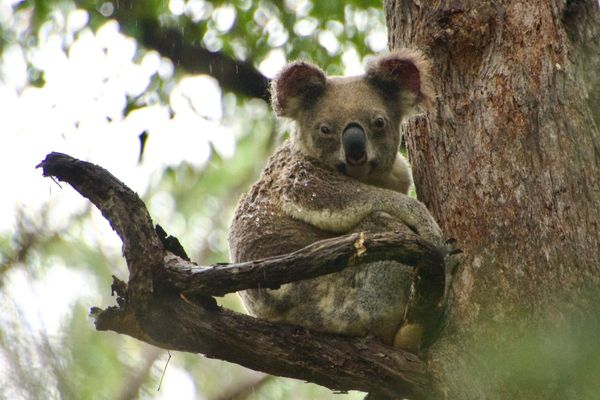
Discovery Collection Cinsault, Breedekloof, South Africa 2023 (£10, Sainsbury’s) South Africa’s most famous red grape variety is almost certainly pinotage. This isn’t, I’m afraid, entirely a good thing for Cape wine producers, since pinotage doesn’t have the best of reputations – or, to put it another way, a lot of it really isn’t very good. That’s a little harsh on exemplary producers such as Kanonkop in Stellenbosch, who have shown how good pinotage can be in their glorious Black Label Pinotage, a collector’s item that sits very close to the top of South African wine’s hierarchy of fine reds. But a handful of exceptions aside, I’m always happier when I see the name of one of pinotage’s parent grape varieties, cinsault (pinot noir is the other half of the heritage of a crossing created in 1924) on the label. Cape cinsault, especially when it’s sourced from some of the country’s very old bush vines, is more often than not a succulent joy, with Sainsbury’s newbie a typically savoury wine of red fruits, warm earth and freshly milled pepper.
Le Bijou de Sophie Valrose Coteaux de Béziers, France 2023 (£10.99, Waitrose) South Africa’s most exciting winemakers are clearly excited about cinsault: look for names such as Eben Sadie, Badenhorst, and Scions of Sinai for cinsault wines that are gorgeously expressive, and, with scents of fynbos and cranberry tartness, utterly distinctive, albeit in a way that will appeal to fans of the lighter side of syrah in places such as France’s northern Rhône Valley or the Languedoc, where the variety originates. Ironically, in its homeland, cinsault has endured some of the reputational troubles that pinotage suffers in South Africa: long considered a workhorse grape, it was generally buried in blends, many of them undistinguished, in cooperative caves across the Midi. It’s still performing that role in reds across southern France, but it is also prized by rosé producers: it’s one of the key varieties in the classic rosé blend in Provence and in the increasingly high-quality pale pinks made in the same pale style further west in the Languedoc, such as the winningly soft Le Bijou de Sophie Valrose.
Domaine Combe Blanche Cinsault d’Enfer, IGP Pays d’Oc, France 2021 (£19.99, cambridgewine.com) As they are in South Africa, ambitious producers in the Languedoc have become increasingly skilled with single-varietal cinsault, producing characterful wines such as the fluent, lively Cinsault d’Enfer, with its juicy berries and black olive tapenade. Adventurous winemakers have also brought a new lease of life to once-languishing old cinsault vines in Chile, notably in the southern region of Itata, home of the outstanding, fleet-footed Rogue Vine Grand Itata 2021 (from £17, thesourcingtable.com; highburgyvintners.co.uk), a wine which also includes a small portion of another Chilean rediscovered speciality, país. The oldest cinsault vines on the planet may also be in the Americas. The Bechthold Vinyeard in Lodi, California, was planted in 1886 and has been farmed continuously ever since, and thecinsault vines that are now knocking on 140 years old are the basis of the astonishing, pale-coloured, ethereal delight that is Birichino Bechthold Vineyard Cinsault Old Vines 2021 (from £30.95, nywwines.co.uk; philglas-swiggot.com).
Follow David Williams on X @Daveydaibach







